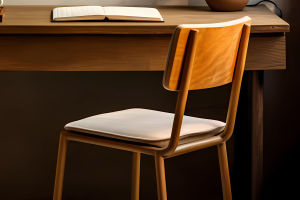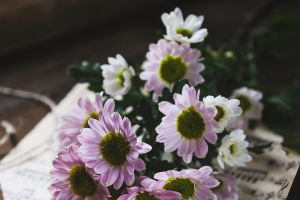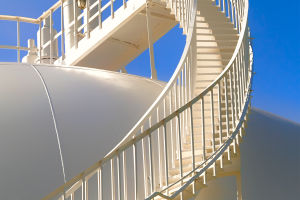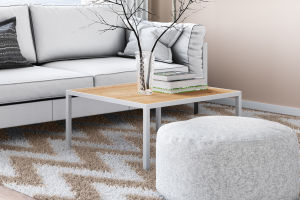
Interior Aesthetics

Interior decoration is a comprehensive art that satisfies people's social activities and living needs by reasonably organizing and shaping aesthetically pleasing, comfortable, and convenient indoor environments.
It is a category of environmental art, also known as interior design.
It integrates modern science and technology with cultural arts and closely connects with architectural design, geography, decorative arts, ergonomics, psychology, aesthetics, materials science, and other disciplines.
In terms of its scope and objects of study, interior decoration can be divided into home interior decoration, hotel interior decoration, store interior decoration, and public facility interior decoration. Design styles include modern, European pastoral, new Chinese, Mediterranean, and more.
Related
 In this impetuous era, try to immerse yourself in the fascinating book world.
In this impetuous era, try to immerse yourself in the fascinating book world.
 Flowers can make a boring and ordinary life romantic.
Flowers can make a boring and ordinary life romantic.
 The aesthetic appeal and benefits of rotary stairs.
The aesthetic appeal and benefits of rotary stairs.
 From inventions to modern innovations, the evolution of bicycles has transformed them from simple structures to transportation.
From inventions to modern innovations, the evolution of bicycles has transformed them from simple structures to transportation.
 Small room, big impact: Strategies for an airy living room feel.
Small room, big impact: Strategies for an airy living room feel.
 Skincare: A Holistic Self-Care Journey for Radiant Confidence.
Skincare: A Holistic Self-Care Journey for Radiant Confidence.
Interior decoration is closely associated with the physical structure of buildings, such as spatial design, landscaping, decoration, murals, lighting, and artistic treatment of various architectural facilities collectively referred to interior decoration.
Another category relies on the physical structure of buildings, such as furniture, lighting fixtures, decorative fabrics, household appliances, daily utensils, sanitary ware, kitchenware, stationery, and various display items, collectively referred to as interior furnishings, encompassing both hardware and soft furnishings.
The latter category is relatively independent and can be moved or replaced. Interior decoration can enhance the space by beautifying and adorning the indoor environment through renovation.
Initially, interior decoration was merely the embellishment of handicrafts. With advances in production capabilities and abundant resources, interior decoration has expanded in various aspects, incorporating multiple forms of expression such as wall treatments, spatial layouts, furniture, and paintings into interior decoration.
As early as ancient Egypt, people frequently adorned their dwellings with vibrant colours and beautiful ornaments, creating splendid interiors. In the 12th century, Gothic cathedrals became prevalent in Europe, and stained glass art filled the churches with light. In the 17th century, Baroque art flourished in France, and the Palace of Versailles's interior decoration reflected this style.
It featured luxurious and exquisite decor, exhibiting a solemn and elegant style, emphasizing the dignity of the royal family.
Modern interior decoration emphasizes designing the indoor environment, focusing on human needs. It can be broadly categorized into two trends: one emphasizes functional aspects of internal environments, such as scientific ventilation, lighting, and colour selection, to enhance the comfort and practicality of indoor spaces.
The other trend aims to create personalized interior environments, emphasizing individual styles and unique aesthetic tastes. Additionally, a country's economic development, cultural traditions, customs, and the aesthetic preferences of its people also leave an imprint on interior decoration.
The meaning of interior design and its relationship with architectural design can be analyzed from different perspectives and emphases. Many scholars offer insightful views that are worth careful consideration and reference.
For instance, some believe interior design is "the continuation and deepening of architectural design, a re-creation of interior space and environment." Others view interior design as "the soul of architecture, the connection between humans and the environment, the combination of human art and material civilization."

Architectural master W. Platner suggests interior design is "much more difficult than designing buildings that enclose these interior spaces." This is because in interiors, "you must deal more with people, study psychological factors, and how to make them feel comfortable and excited. It has been proven that this is more demanding than dealing with structures and architectural systems and requires more specialized training."
Interior decoration is a comprehensive art that integrates modern science, cultural aesthetics, and practical considerations to create aesthetically pleasing and comfortable indoor environments. It spans various styles, from historical opulence to contemporary personalization, reflecting societal and individual preferences. As a dynamic field, interior design continues evolving, shaping spaces harmonizing with human needs and aspirations.